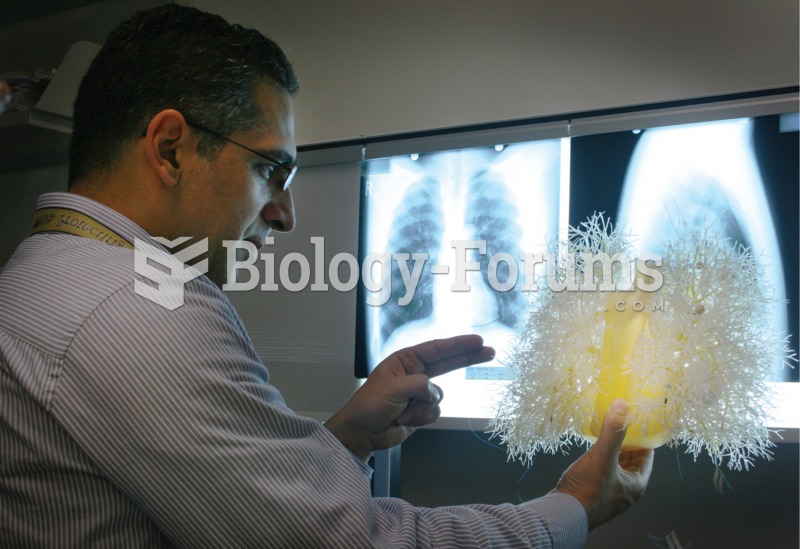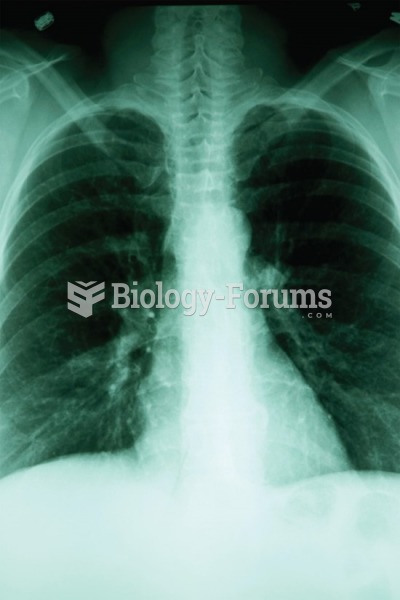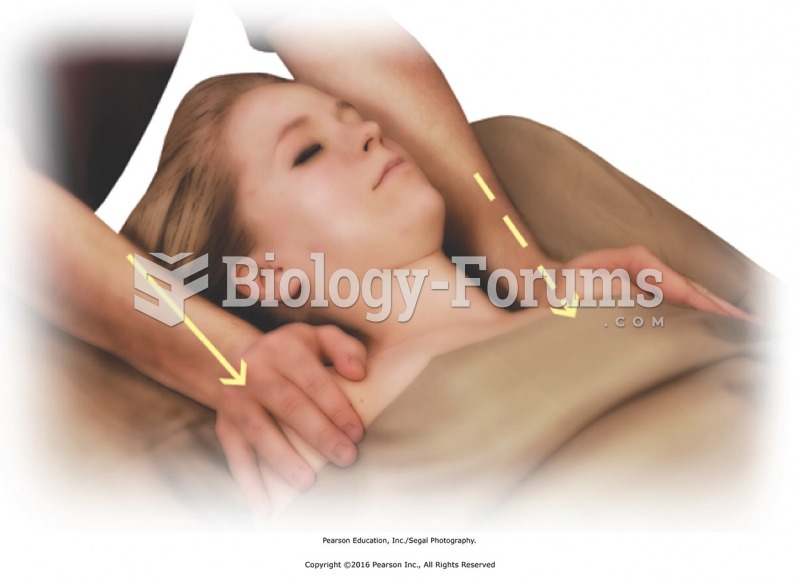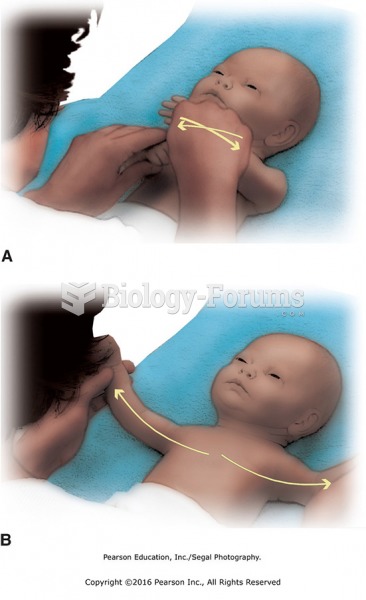|
|
|
Did you know?
People about to have surgery must tell their health care providers about all supplements they take.
Did you know?
Inotropic therapy does not have a role in the treatment of most heart failure patients. These drugs can make patients feel and function better but usually do not lengthen the predicted length of their lives.
Did you know?
Medication errors are more common among seriously ill patients than with those with minor conditions.
Did you know?
Thyroid conditions may make getting pregnant impossible.
Did you know?
About 600,000 particles of skin are shed every hour by each human. If you live to age 70 years, you have shed 105 pounds of dead skin.







